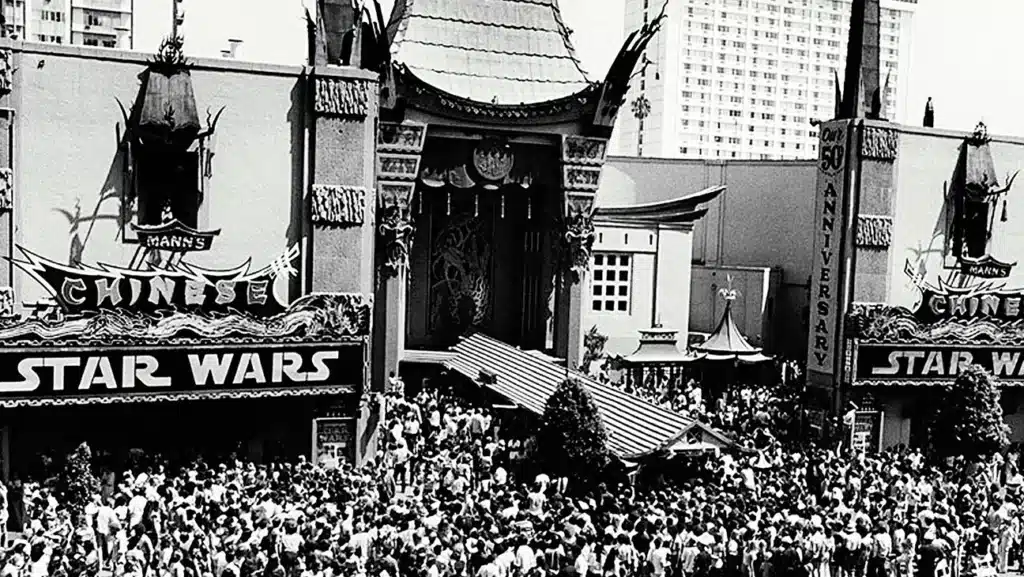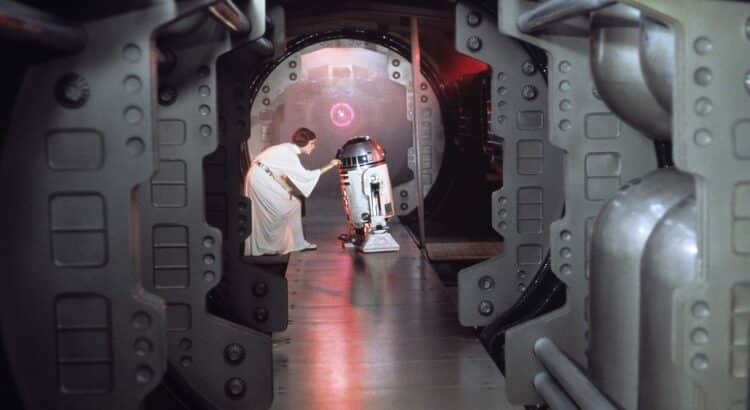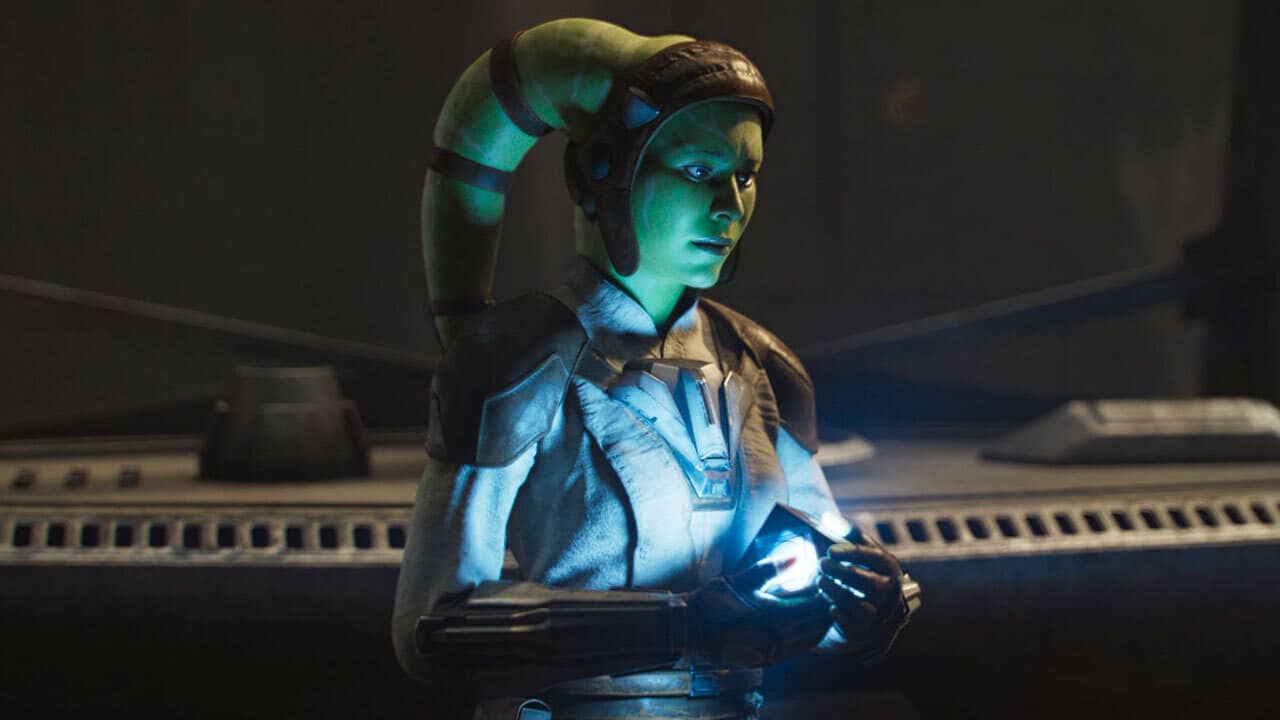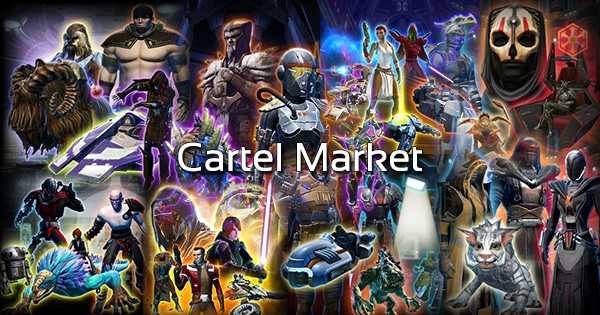A long time ago in a galaxy far, far away… the movie industry never existed and students didn’t have to write movie analyses. But we live in a different time and galaxy, where cinema is an inseparable part of culture and history. And if you ever heard that the iconic Star Wars opening crawl was inspired by the opening crawl of Flash Gordon Conquers the Universe, then writing a movie analysis is already less of a problem for you. As you know a thing or two from the history of cinema.
However, when you’re brainstorming ideas for your Star Wars movie analysis, the temptation to type write my paper in your browser search is extremely high. It’s one thing that you may not be sure what type of movie analysis to pick. After all, Star Wars fits perfectly any of the major types of movie analysis, which are:
- Semiotic analysis
- Narrative analysis
- Cultural/Historical analysis
- Mise-en-scène analysis
What characters and objects in Star Wars symbolize? How well the movie works in terms of plot, character development, narrative structure, etc.? The cultural and historical importance of Star Wars deserves a standalone dissertation, as well as the impact it had on the franchise itself. And delving into how the scenes in Star Wars are composed is also a nice choice.
When it comes to Star Wars, the story and themes are too broad to pick something particular for analysis. But if you’re acquainted with the franchise and willing to take the risk, here are some useful tips.
Movie or Saga
The very first step that you need to make is to choose whether you’re going to pick one of the installments or the whole franchise as a subject for your analysis. If you opt for the franchise, mind that it’s suitable for semiotic, narrative, and cultural analysis. Mise-en-scène analysis would work better when working with one film.
Semiotics-wise, each movie is extremely rich in symbols and metaphors. It would be interesting to analyze the franchise narrative-wise. How the plots of prequels and sequels fit the general narrative. And if you want to talk about the impact: the first installment grossed over $100 million in just three months, a record for the 1970s.
The Star Wars saga changed the face of Hollywood forever. It contributed to the development of fandoms. And it remains one of the most frequently parodied in the history of cinema. After all, the tower of the Washington National Cathedral has the head of Darth Vader. But if you want to write on the cultural impact of the franchise, you can stick to the first film, as it kick-started the saga. And if you opt for picking one installment, here’s what your analysis must contain.
Plot Analysis
This decade, the Star Wars saga will celebrate its fiftieth anniversary. And millions of movie viewers around the world are well-acquainted with Luke Skywalker, Han Solo, Princess Leia, Obi-Wan Kenobi, Chewbacca, R2-D2, and Darth Vader. But, no one knew who they were before May 25, 1977. So, here are a few suggestions to plot analysis.
Instead of simply delving into whether the plot is interesting and thought-provoking, try analyzing how the story of the retroactively titled “Star Wars: Episode IV – A New Hope” movie managed not only to attract viewers to watch this installment but made them anticipate the follow-ups.
Themes Analysis
The Star Wars saga mainly focuses on the civil galactic war. But is it just a franchise that consists of popcorn entertainment? Are there any themes and allusions beneath the surface? Yes, you surely won’t be the first person to link Star Wars with the Cold War, but it’s still a theme worth digging into.
Delve into what Star Wars has to do with democracies and dictatorships — a small hint, the reviews in the Soviet Union called Star Wars “a space nightmare causing another wave of the movie-going psychosis”.
Characters/Acting Analysis
You surely have to analyze the characters and the way they are portrayed. Once again, you can do a bit of time-traveling. It’s 1977, and movie-goers are just about to get acquainted with the characters that now seem to have existed forever. Try figuring out whether the characters are mere stereotypes or showcase complex personalities. Can any of them be described as archetypical?
What was so enchanting about the characters that the movie earned millions of fans within months? And, also, was the portrayal of the characters compelling? Do you consider anyone to be miscast? Here is where you can also discuss dialogues and line delivery. Are the dialogues convincing on their own, or is it the line delivery of actors that made everyone interested in the plans to the Death Star and how it can help the Rebel Alliance?
Production Design Analysis
If you want to opt for the mise-en-scène analysis, you can discuss how the scene composition emphasizes particular themes or senses. Everything from costumes, sets, lighting, cinematography, editing, and music is important. Try wondering what those two suns that Luke is facing when contemplating leaving his planet mean.
Or, how the red lightning in the scene where Princess Leia records the message via R2-D2 gives the scene a sense of urgency. You can also argue how her white dress against the dark corridors represents the “New Hope”. And there’s a separate work that you can write on how John Williams’ score compliments the movie.
Final Thoughts

Analyzing a movie can be difficult per se. You can write a fifty-page essay on a movie as minimalistic as “My Dinner with Andre”. Needless to say, things get more complicated when it comes to films like “Star Wars”, which has a universe of its own. But with the tips listed above, you can find the right direction for your movie analysis.





